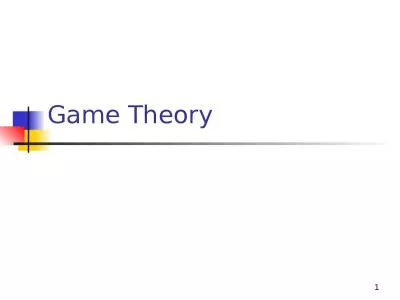PPT-ECE700.07: Game Theory with
Author : brown | Published Date : 2023-11-04
Engineering Applications Seyed Majid Zahedi Lecture 5 Games in Extensive Form Outline Perfect information extensive form games Subgame perfect equilibrium Backward
Presentation Embed Code
Download Presentation
Download Presentation The PPT/PDF document "ECE700.07: Game Theory with" is the property of its rightful owner. Permission is granted to download and print the materials on this website for personal, non-commercial use only, and to display it on your personal computer provided you do not modify the materials and that you retain all copyright notices contained in the materials. By downloading content from our website, you accept the terms of this agreement.
ECE700.07: Game Theory with: Transcript
Download Rules Of Document
"ECE700.07: Game Theory with"The content belongs to its owner. You may download and print it for personal use, without modification, and keep all copyright notices. By downloading, you agree to these terms.
Related Documents

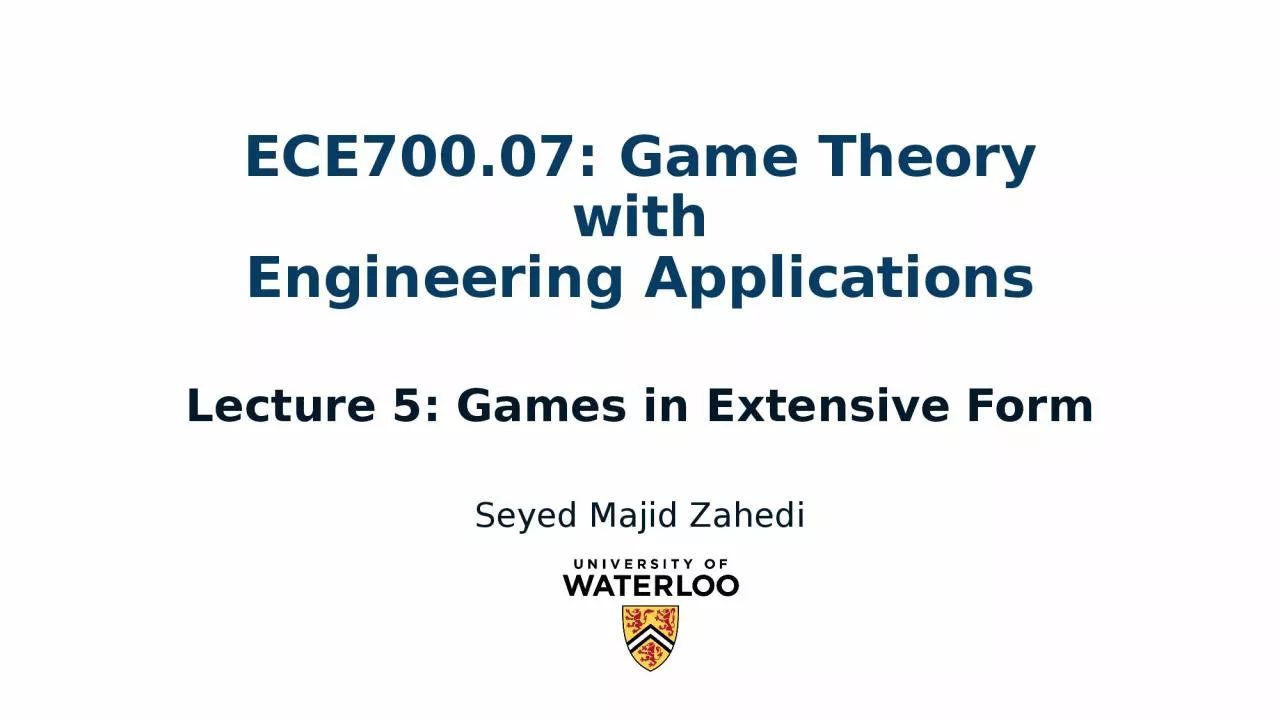
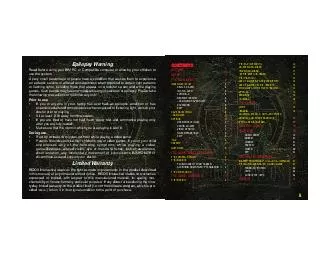
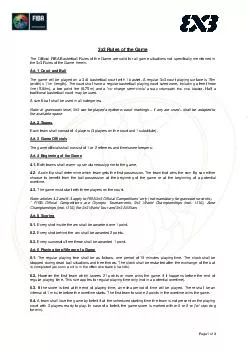
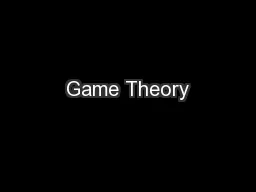
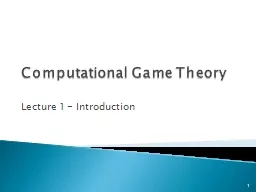
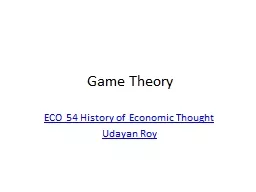
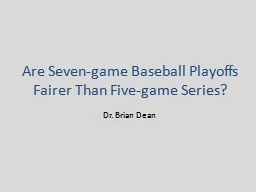
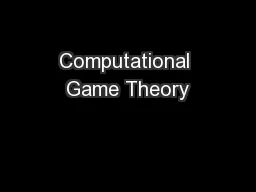
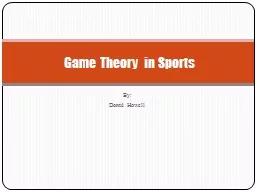
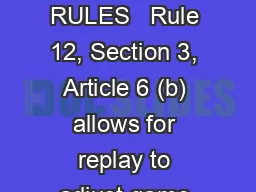
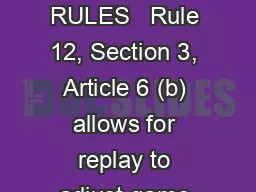
![[READING BOOK]-Game Development Planner: My Great Game Ideas - Video Game Design Book](https://thumbs.docslides.com/981136/reading-book-game-development-planner-my-great-game-ideas-video-game-design-book-for-game-developer-game-designer.jpg)
